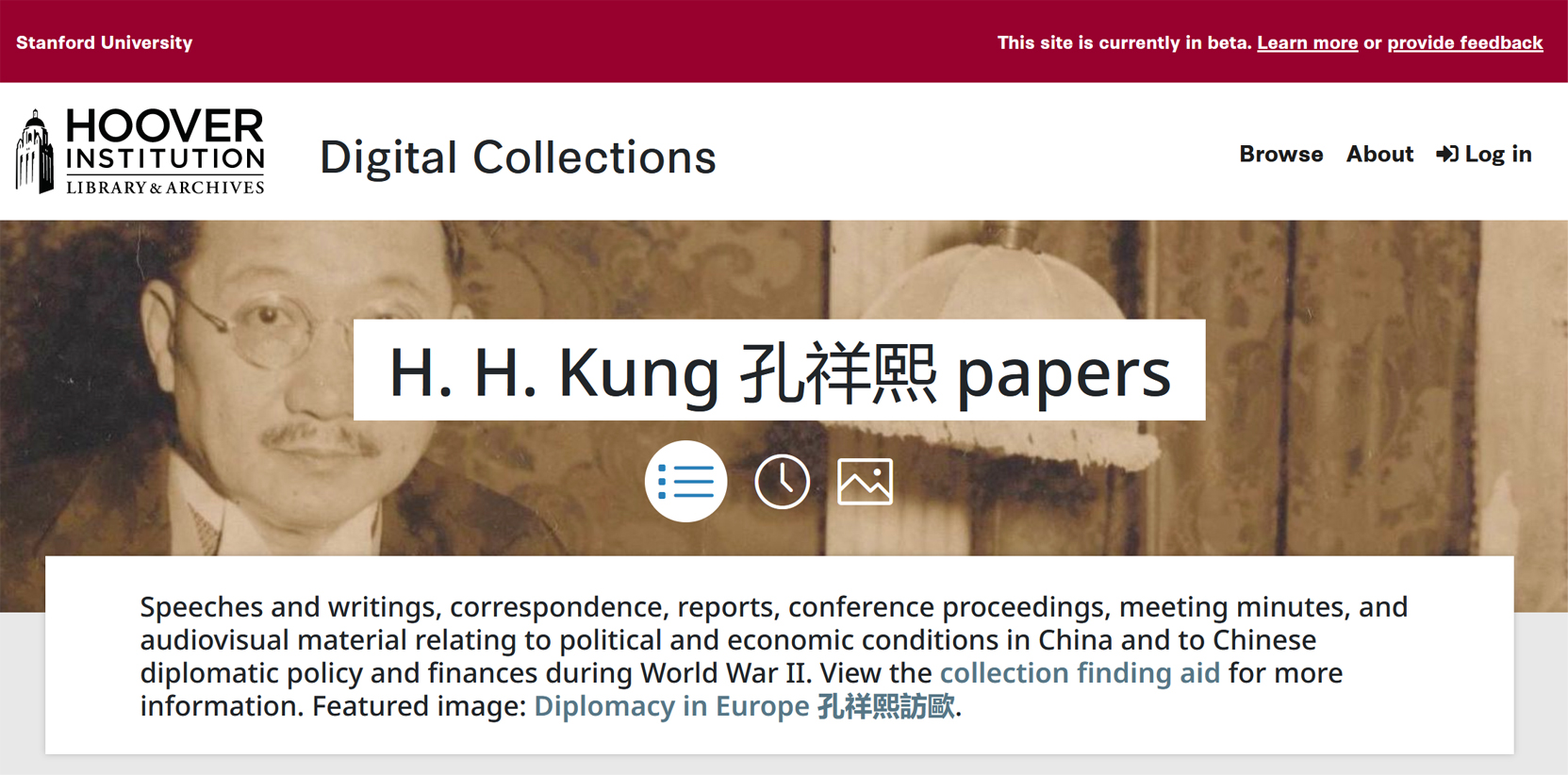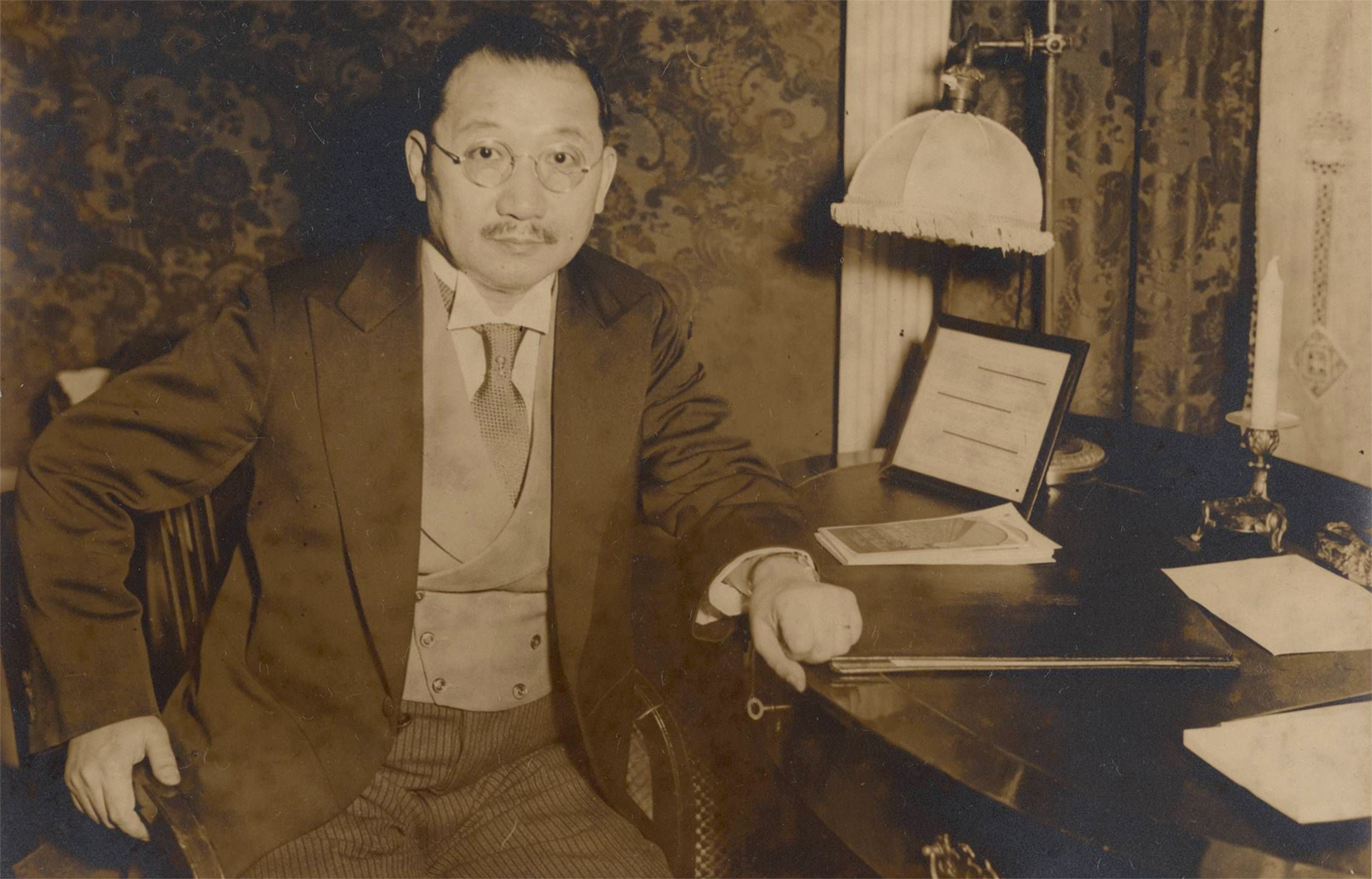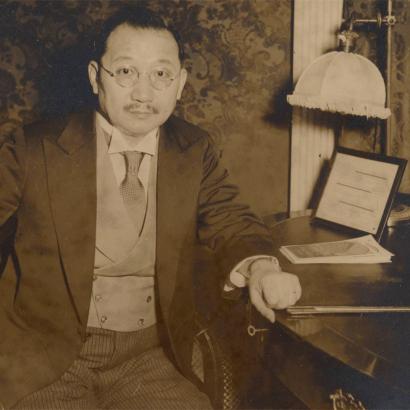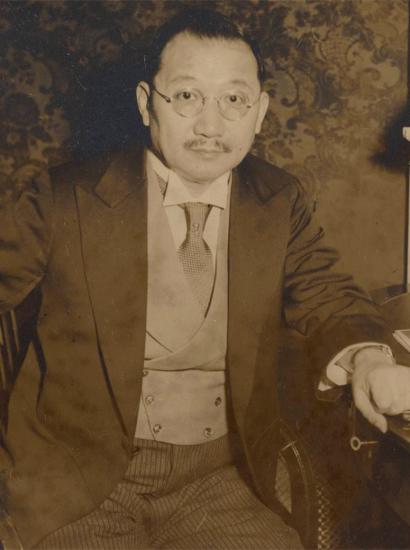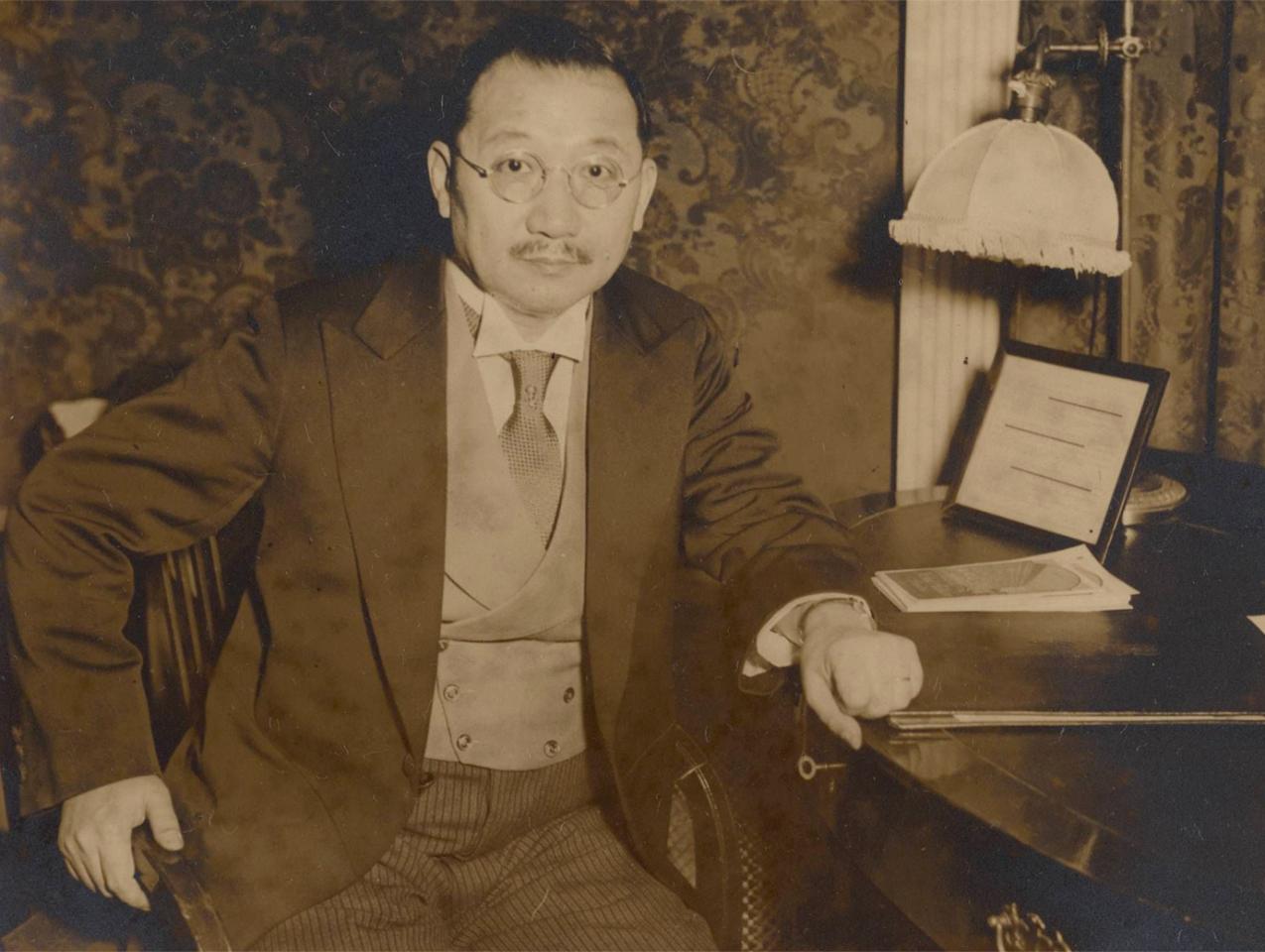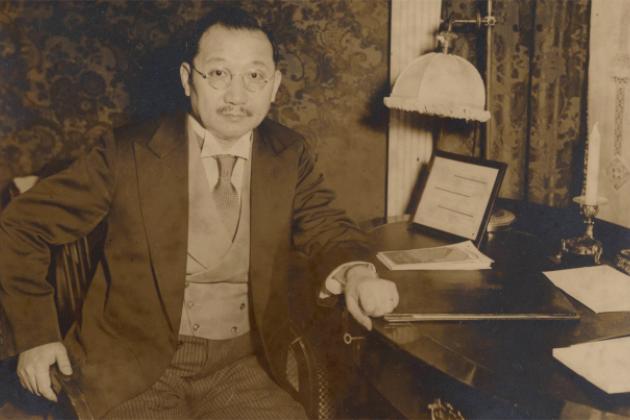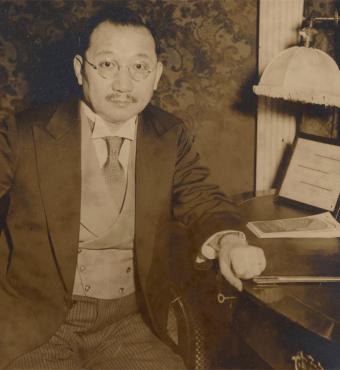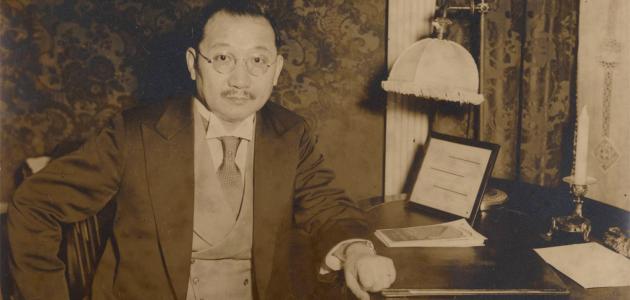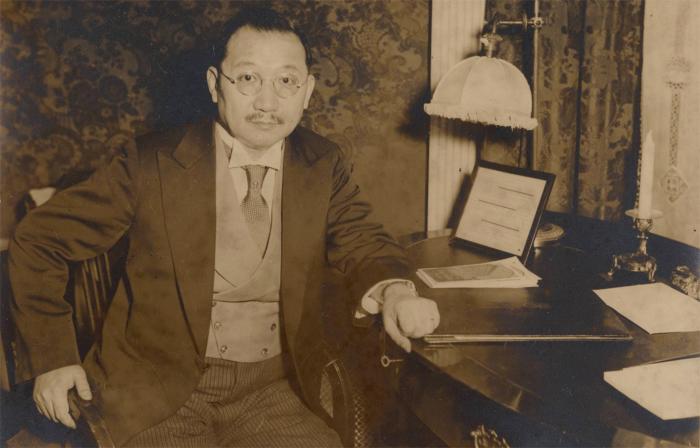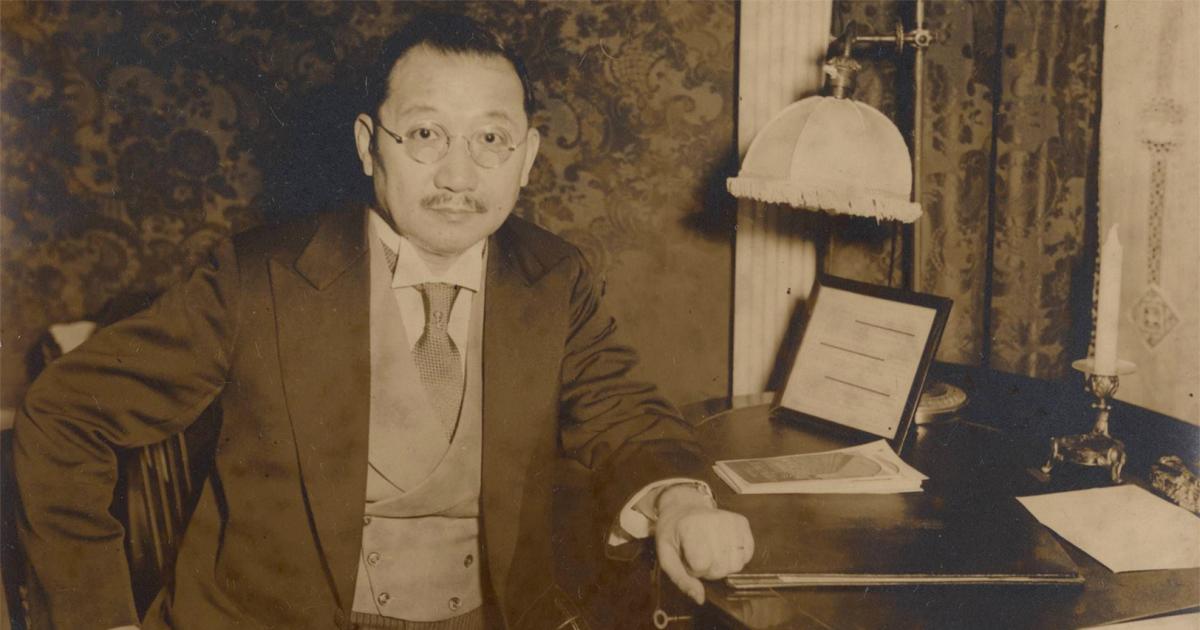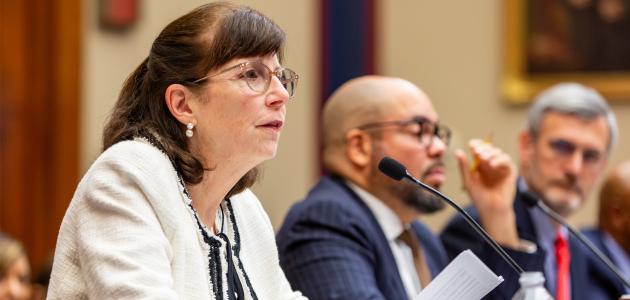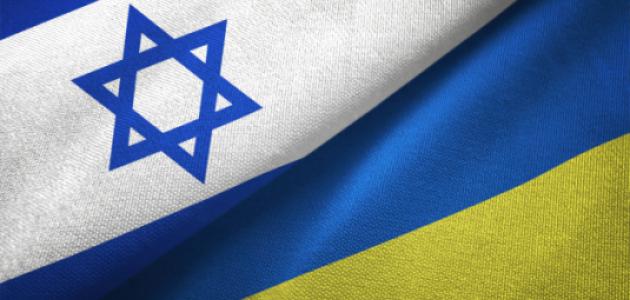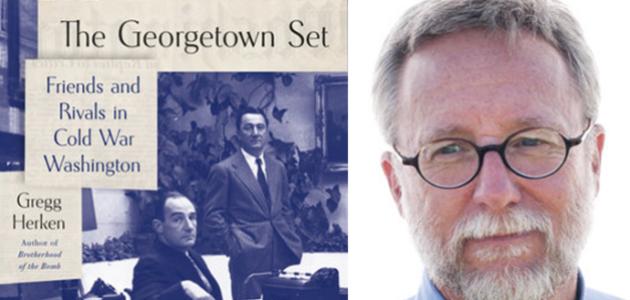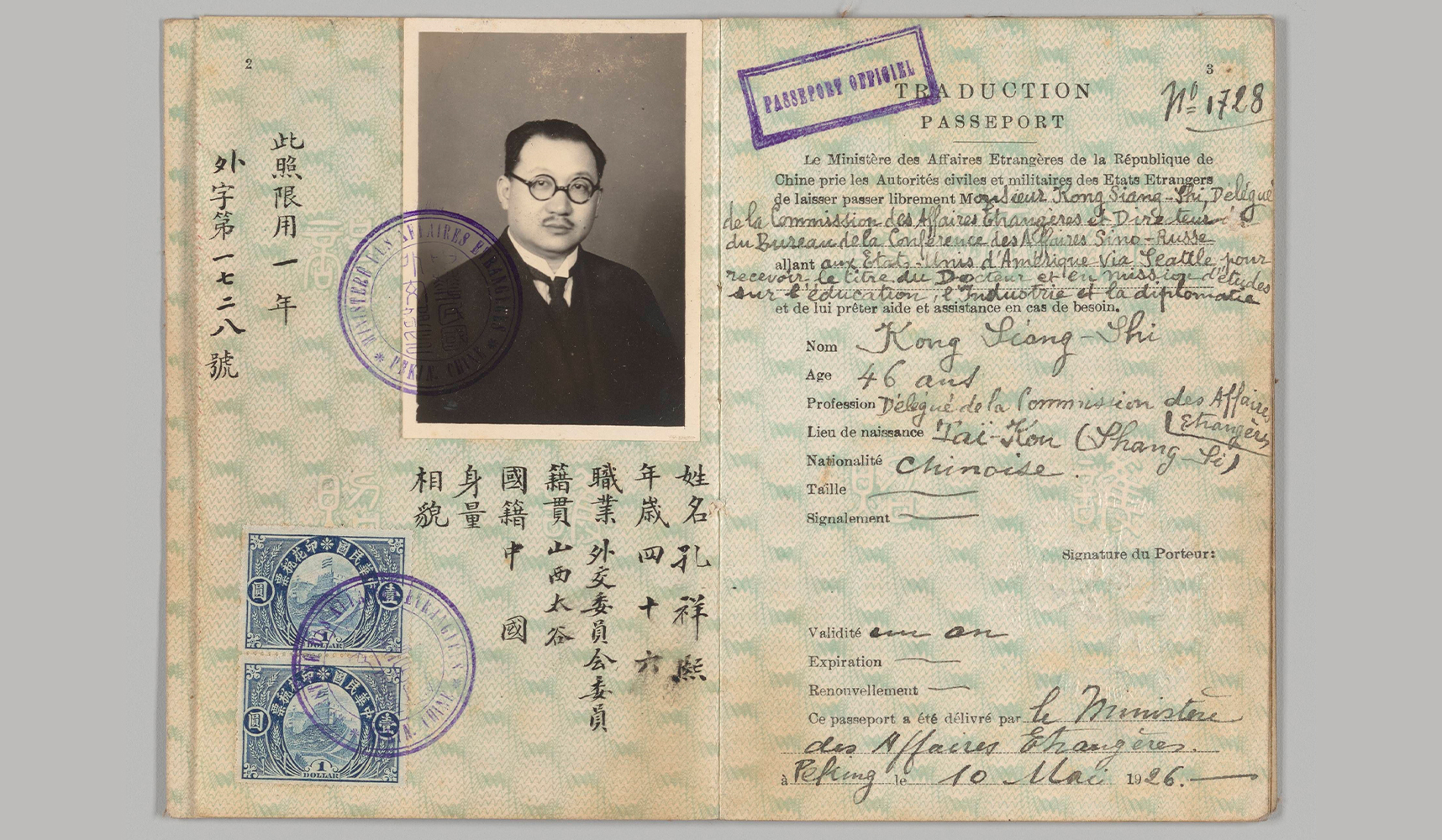
The papers of H. H. Kung 孔祥熙 are now fully digitized and accessible for the first time via the Library & Archives Digital Collections. Kung served in several high-ranking positions in the Kuomintang (KMT), such as the minister of finance, governor of the Bank of China, and as premier of the Executive Yuan throughout the Second Sino-Japanese War (1937–1945) era, a period of intense struggle for the early Republic of China. These roles, along with his intimate relationships with influential figures such as Chiang Kai-shek, Sun Yat-sen, and the powerful Soong family, make this collection an invaluable asset in understanding the history of modern China and Taiwan.

H.H. Kung’s passport during his service as delegate to the Commission of Foreign Affairs, issued May 10, 1926 (digital record, image 6).
The Kung papers have undergone an impressive journey since they arrived at the Hoover Institution Library & Archives in 2006. Mold and water damage hindered access to the frail materials contained in this significant collection. For over a decade, approximately half the materials were available to researchers but only via microfilm in the Library & Archives Reading Room. Now, with full-text searching enabled for both typewritten and printed text in English and Chinese, the Library & Archives’ digitization of the H. H. Kung papers has ushered in a new era of research possibilities for scholars of modern China and Taiwan.
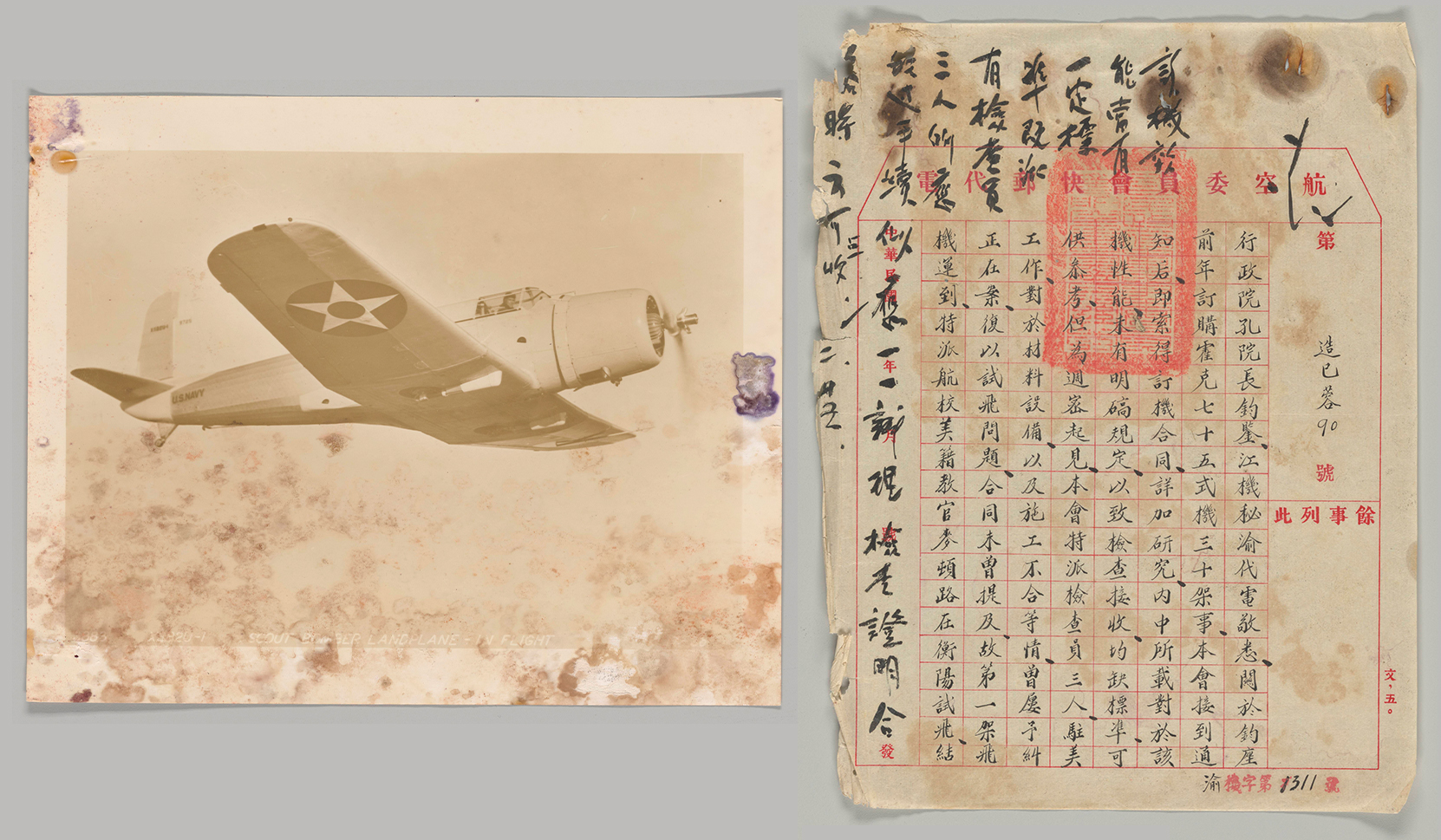
Fragile documents treated for mold: photograph of a US Navy bomber plane in the China Airmotive Company files, circa 1938 (left) and correspondence with T. L. Soong on aviation in China, 1937 (right).
The contents of the collection encompass Kung’s career in many high-ranking positions in the KMT, during the Second Sino-Japanese War (1937-1945) era, including his tenure as minister of finance, governor of the Bank of China, premier of the Executive Yuan (executive branch of the government), and international diplomat for the Republic of China. Formal documents such as meeting minutes, foreign and domestic intelligence reports, and international loan documents make up a large part of the collection. The extensive correspondence series, however, provides some of the more revealing and personal insights, as Kung exchanged letters with many influential figures, such as Madame Chiang Kai-shek (Soong May-ling), T. V. Soong, K. P. Chen, V. K. Wellington Koo, and President Franklin D. Roosevelt. The collection provides scholars with a look into the inner workings of the Republic of China during the critical era of the Second Sino-Japanese War and Second World War.
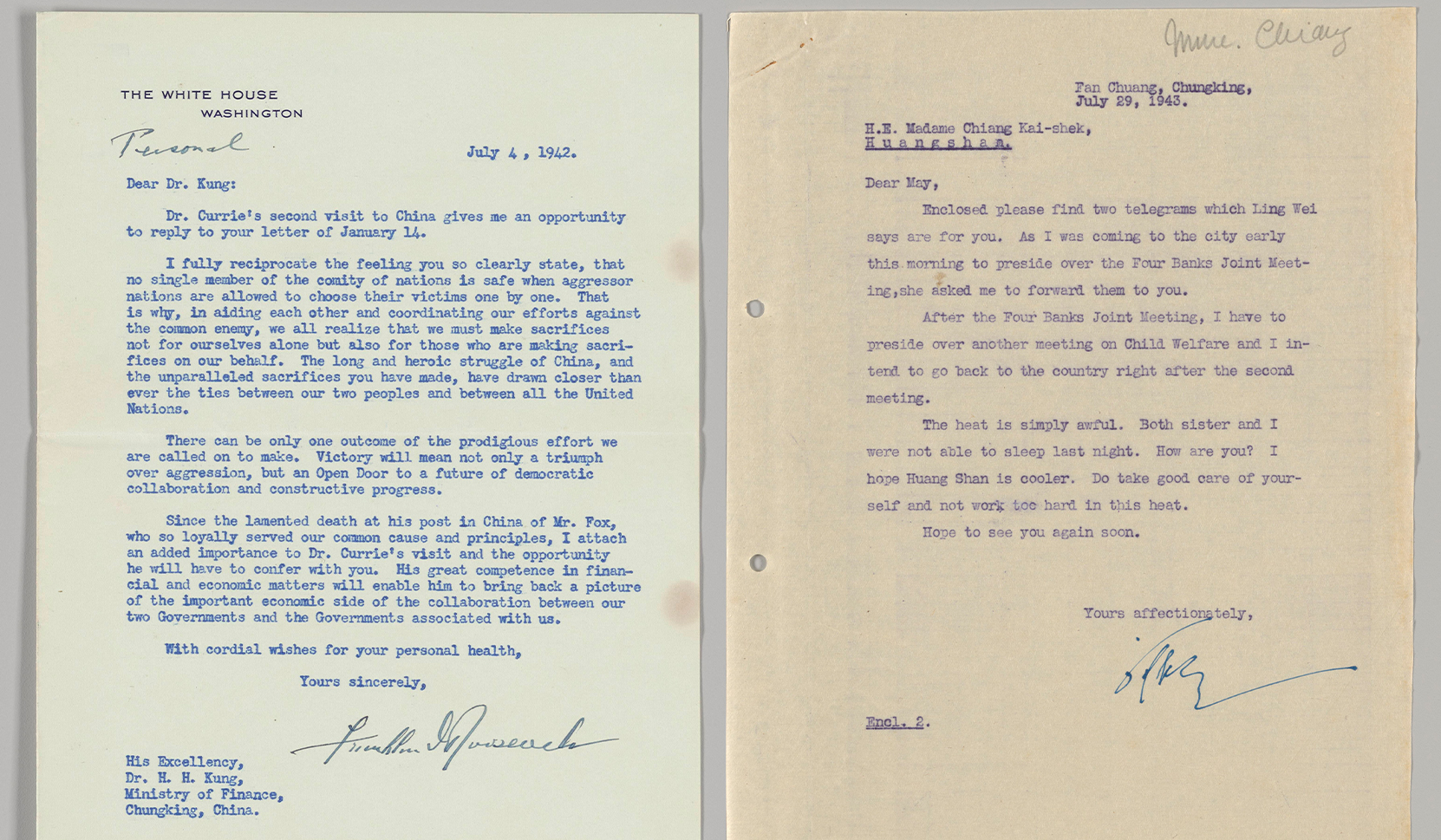
Correspondence: a letter from President Franklin D. Roosevelt to H. H. Kung, July 4, 1942 (left) and a personal letter from H. H. Kung to Madame Chiang Kai-shek, July 29, 1943 (right)
The Hoover Institution Library & Archives’ release of [Kung’s] papers will transform our understanding about a period in which the very survival of China was in question,” remarked Hans van de Ven, professor of modern Chinese history at the University of Cambridge. “Few people were as well informed about wartime China—its finances, its politics, and its international relations—as H. H. Kung (Kong Xiangxi) because of his position as minister of finance, his family connections, and his wide range of business engagements.”
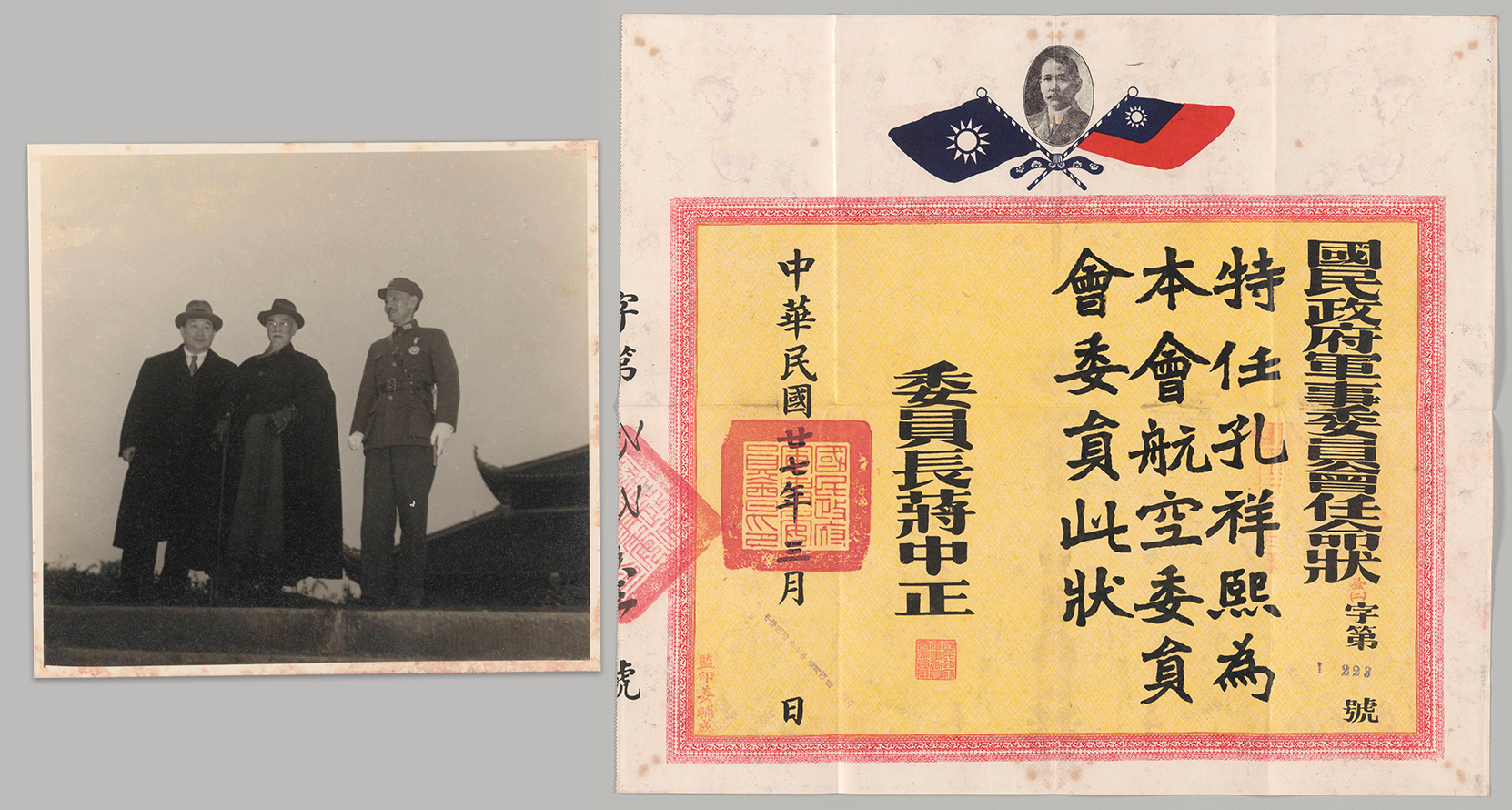
Photograph of KMT leaders 國民黨領袖合影 (left to right) H. H. Kung, Lin Sen, and Chiang Kai-shek, undated (1930s) (left) and an official letter stamped by Chiang Kai-shek appointing Kung to the KMT Military Council’s aviation committee meeting, March 1938 (right)
Preparing a collection of this magnitude, with its high profile and fragile condition, for digitization is no simple task. Many curators, archivists, imaging specialists, and preservation specialists have worked on the Kung papers since they arrived in 2006, but having a language specialist on the team was critical to the success of this digitization project. Archivist Amanda Robb was hired to prepare the Kung papers for digitization. She polished the description of the collection and worked in tandem with the preservation and digitization teams to prepare the materials for their digital debut.
Among the most unique and significant materials from the collection are rare images of H. H. Kung, as well as materials that represent Kung’s political and financial roles in the early Republic of China, his connections to other KMT leaders, and his influence in international affairs. The digitized collection contains more than 92,000 images across 1,315 digital records.
VISIT THE L&A DIGITAL COLLECTIONS
